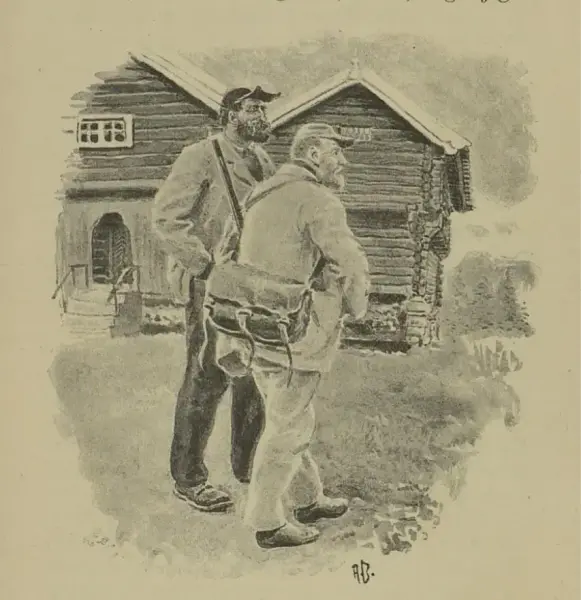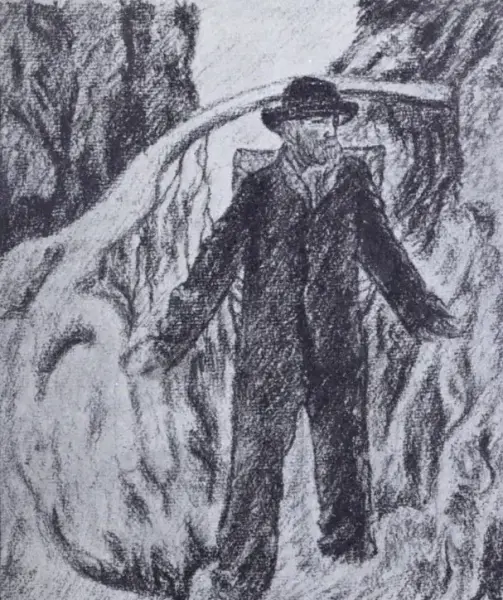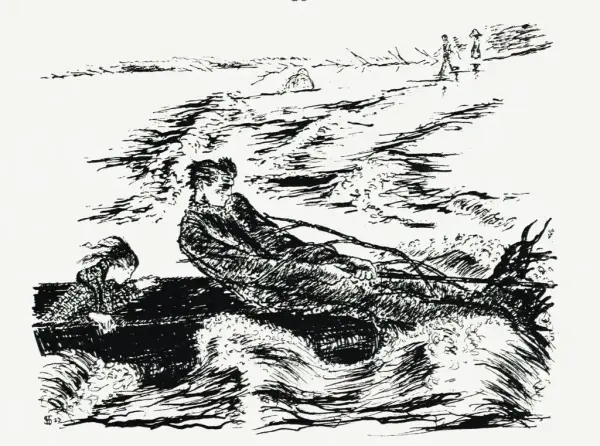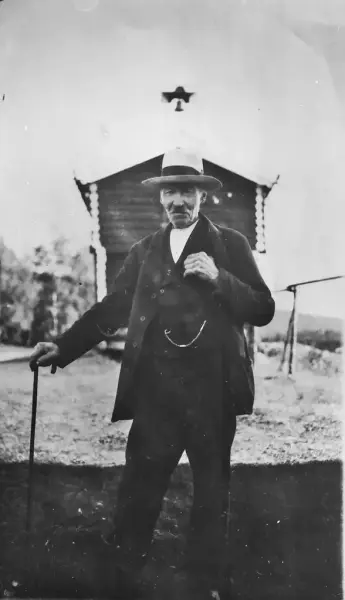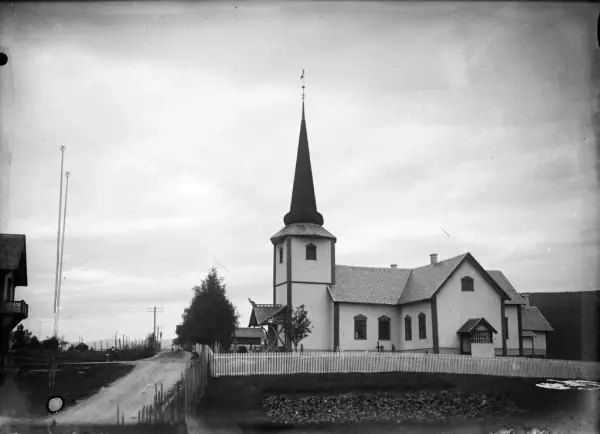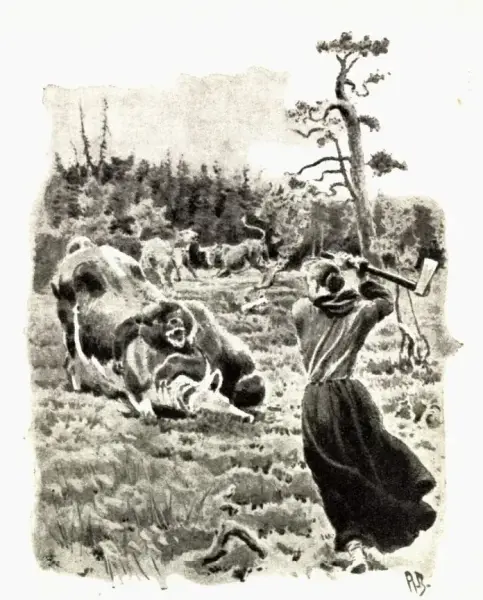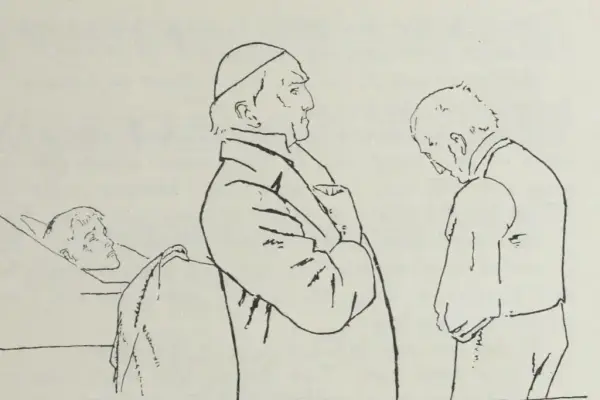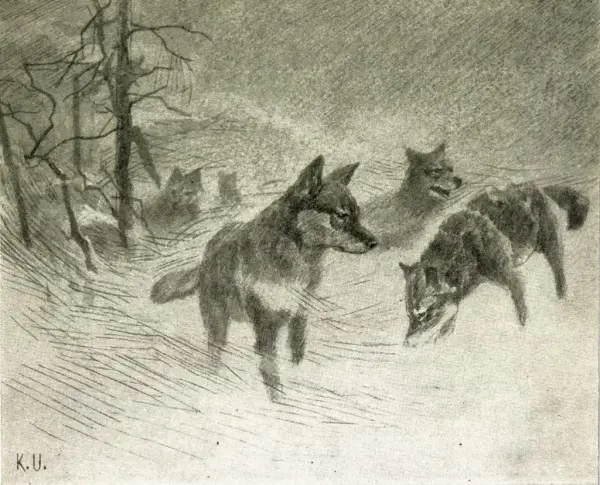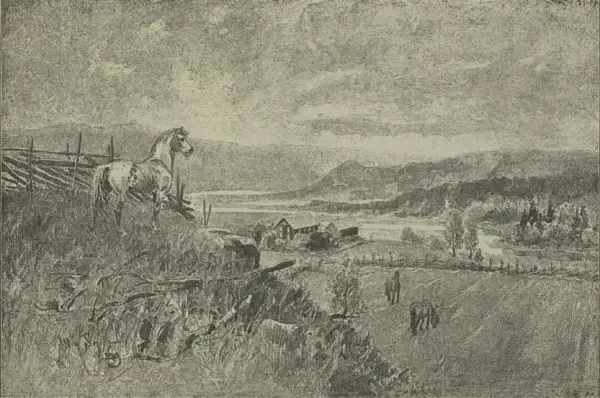- 1/1
The time demands that men have great knowledge
Quotation from Hartvig Nissen in 1852.
The industrial revolution at the end of the 19th century brought society innovations such as the steam engine and the electric motor. The school's task was to give students knowledge about the time in which they lived and to make them competent and effective citizens in their society. Therefore, the range of subjects taught had to be expanded. The school went from being a school with Christianity as the most important subject, to becoming a school that equipped the students with a broad range of knowledge and skills in topics such as the natural sciences. In this effort, the school politician, Hartvig Nissen, was a driving force.
Stories that depict people's daily lives
Quotation from Nordahl Rolfsens application to the Church Ministry 1891.
In the second half of the 19th century, the idea of nation-building emerged with an emphasis on developing our Norwegian national identity. In this context, the school was seen as an important arena. In 1891, Nordahl Rolfsen applied to the Ministry of Church Affairs for financial support to publish a new reading book for the schools. He wanted to fill it with stories that built on the children's world of experiences with illustrations by the country's leading artists. This was in line with the School Act of 1889, which stipulated that children should be raised to become knowledgeable citizens.
The first publication came in 1892. Later, the Rendal author, Jacob B. Bull, wrote stories that were included in the reading books. With his depictions of, among others, the farm worker Ola Jonsen Styggpåjord and Fløtar-Lars, Bull lifted the men and women of everyday life into the national literature and consciousness like no one had done so before.
Jacob Breda Bull also wrote many novels which had many readers. His writings became important in nation-building. Even though Bull's models, such as Fløtar-Lars and Ola Jonsen Styggpåjord, are from Rendalen, they became central in the construction of Norwegian identity all over the country.
